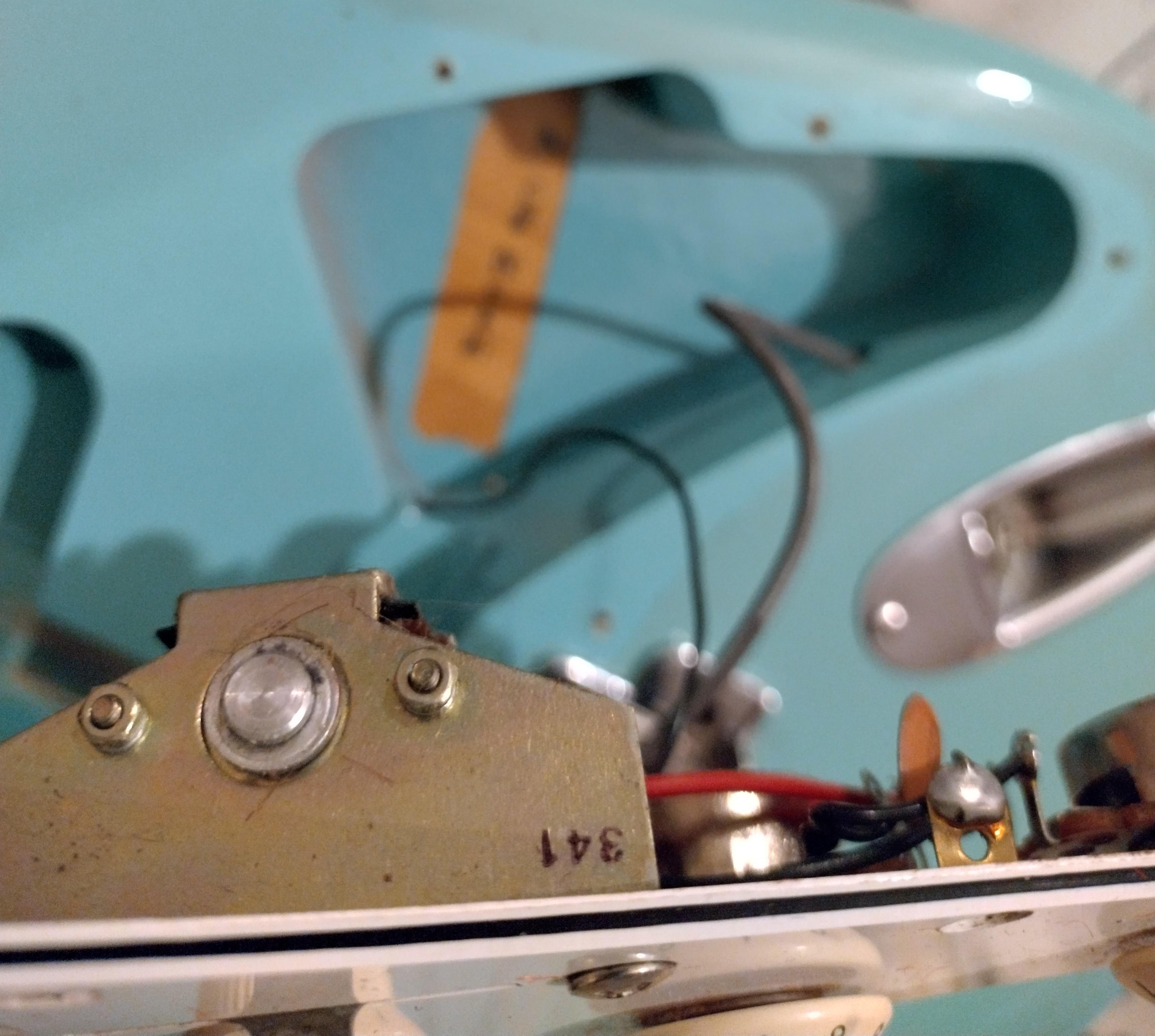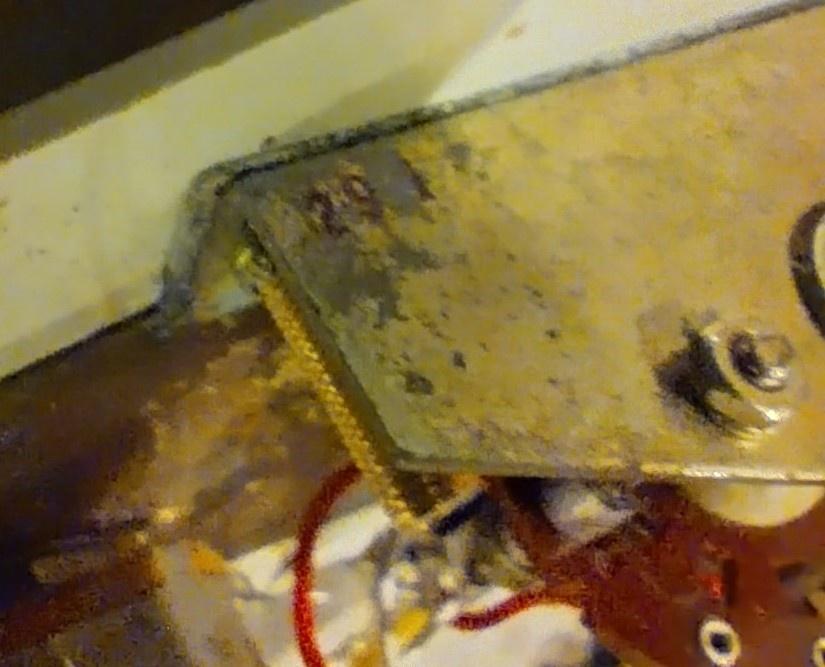I saw that name mentioned in the 1982 catalog in connection with the development of the 5 way switch in Springys.
●Pickup selector switch
Newly developed 3-stage 5-position selector switch. Please pay attention to the shape of the shaft. Reproduces the shaft shape of the old type Donzuba, which is slightly different from the current CRC type. I changed the switch knob accordingly. Tokai was also the first to introduce a switch knob that was compatible with the original model. As for the performance of the switch, it is a masterpiece created through technical development with Matsushita from around the world. This completely eliminates the creaking noise when changing the switch, as well as malfunctions and other troubles.

●Pickup selector switch
Newly developed 3-stage 5-position selector switch. Please pay attention to the shape of the shaft. Reproduces the shaft shape of the old type Donzuba, which is slightly different from the current CRC type. I changed the switch knob accordingly. Tokai was also the first to introduce a switch knob that was compatible with the original model. As for the performance of the switch, it is a masterpiece created through technical development with Matsushita from around the world. This completely eliminates the creaking noise when changing the switch, as well as malfunctions and other troubles.



















